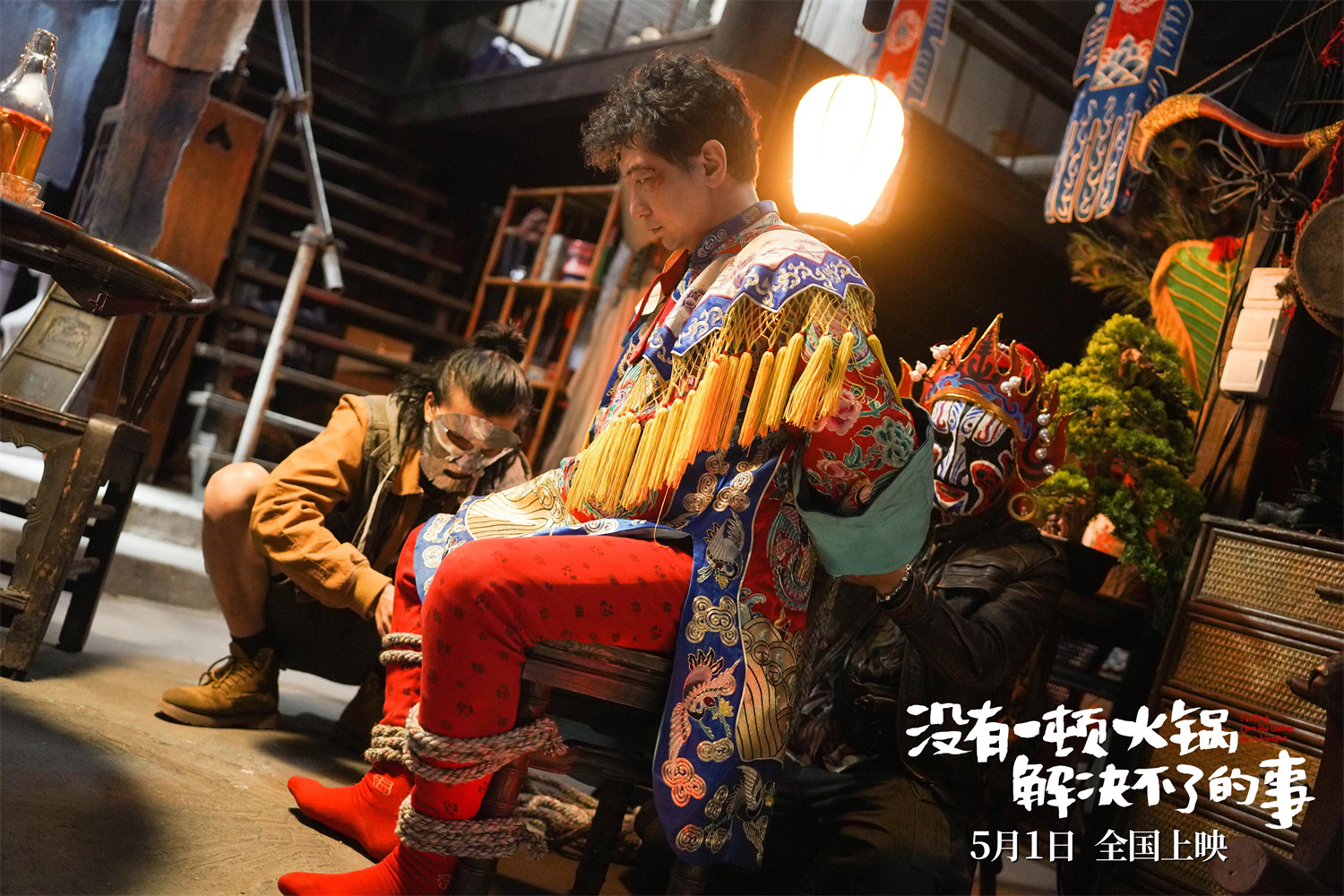In 2021, there is only the last week left, which is seriously insufficient.
Have you taken your annual leave?
Have you applied for various subsidies?
Have you confirmed the special tax deduction?
Don’t forget the fees that should be paid in time … …
If you don’t hurry, you may miss it!
Xiaobian compiled a year-end to-do list for you.
Come and check it!
↓ ↓ ↓
First, do it quickly! These things are about your purse.
Pay for not taking annual leave
It’s the end of the year. Have you finished your annual leave?
According to the "Regulations on Paid Annual Leave for Employees", employees who have worked for more than one year but less than 10 years will be given an annual leave of 5 days; If it has been 10 years but less than 20 years, the annual leave will be 10 days; For those who have completed 20 years, the annual leave is 15 days.
According to the regulations, annual leave can be arranged across one year, and this year’s annual leave can be arranged until next year; If the employee cannot be arranged to take annual leave due to work needs, the unit shall, after obtaining the employee’s consent, pay 300% of the employee’s daily salary according to the number of days that the employee should take no leave.
Timely confirm the special additional tax deduction in 2022.
At present, the special additional tax deduction for 2022 has begun to be confirmed. According to the regulations, taxpayers can enjoy six special additional deductions such as children’s education, continuing education, serious illness medical care, housing loan interest or housing rent, and supporting the elderly. Eligible taxpayers can increase the tax exemption amount and increase their income after reporting before the end of the year.
Car purchase subsidy
During the year, car purchase subsidies introduced by many provinces ended on December 31st, and those who meet the requirements will be dealt with quickly:
Beijing, Guangdong and Hubei provinces have all issued policies on car purchase subsidies. Scrapping or transferring old cars under my name can get subsidies, ranging from several thousand yuan to ten thousand yuan. It should be noted that the deadline for applying for these subsidies is December 31, and the overdue period is regarded as waiver.
It is worth noting that the subsidy policy for the purchase of new cars by scrapped car owners damaged in Zhengzhou rainstorm in July this year was extended to December 31. Consumers can apply for subsidies after obtaining the "double certificate" for scrapping vehicles and completing the purchase and licensing of new cars.
Housing subsidy
During the year, housing subsidies were introduced in many places, and the application date was until December 31st:
Changchun, Jilin, Xingtai, Hebei, Anyang, Henan, Guilin, Guangxi and other places have all introduced housing subsidy policies. Eligible buyers can apply before December 31: 50 yuan/square meter for qualified talents in Changchun and 80 yuan/square meter for farmers; Xingtai talent purchase subsidy 2%; Anyang gives a monetary subsidy of 20,000 yuan to property buyers who purchase ordinary commodity housing within the city; Guilin announced that it would give 1% of the turnover to the buyers who bought new commercial houses in five urban areas in December 2021, which could be used to buy department stores, household appliances and vehicles in local commercial enterprises.
In addition, some cities have introduced deed tax subsidies. Kaifeng announcement made it clear that all buyers who have not paid deed tax for purchasing commercial housing in Kaifeng city (excluding Xiangfu District) will pay deed tax for commercial housing from the announcement date to December 23, 2021 and meet the scope of subsidies, and will be subsidized according to 12% of the total deed tax. The deadline for application is December 31, 2021.
Talent living allowance
From December 1, 2021, a new award for outstanding talents in Shanghai began to be accepted, and the application time was as of December 31.
According to the news of Shanghai Songjiang Talent Service Center, qualified undergraduate, master’s and doctoral graduates can receive a living allowance of about 20,000 yuan, 30,000 yuan and 40,000 yuan in three years, in addition to a one-time employment reward of about 6,300 yuan and a cultivation reward of about 13,100 yuan.
Timely completion of pension eligibility certification.
Under normal circumstances, retirees should receive qualification certification for pension treatment every year, and they can receive their pensions normally after passing the certification, otherwise their pensions may be suspended.
In some areas, the deadline for receiving qualification certification for pension benefits is the end of the year. If you haven’t applied for certification yet, hurry up!
1. Don’t worry if you haven’t been certified yet, as long as it belongs to:
√ Retirees from endowment insurance for employees of urban enterprises
√ Retirees of endowment insurance in government agencies and institutions
√ Persons receiving pension insurance for urban and rural residents
In either case, you can easily complete the authentication on your mobile phone!

Scan the applet above and get the electronic social security card. Click "National Service" on the homepage of the electronic social security card — "Social security treatment qualification certification", then click "Start certification" and follow the operation instructions.
2. If the elderly don’t know how to use mobile phones, children can help complete the certification through the "family service" function!
Specific operation steps: Children can use their own electronic social security cards, bind their parents’ electronic social security cards through the function of "family service", and click "treatment qualification authentication" to start authentication.
3. What if I can’t use my mobile phone and my children are not around?
You can apply to the local human resources and social security department for on-site service.
Receive unemployment benefits in time
Unemployment allowance is a phased welfare policy to deal with the epidemic. If you are still unemployed after receiving unemployment insurance benefits, or do not meet the conditions for receiving unemployment insurance benefits, you can apply for unemployment allowance for up to 6 months.
The deadline for applying for multi-stage unemployment insurance benefits is December 31. If it is not processed within the specified time, it will not be processed after the policy deadline.
Various points are collected in time.
Near the end of the year, there are many App points that have to be cleared! Many points can be exchanged for real money. Don’t you know these points exchange tips?
Points for gifts:
There are points convertible gifts in Alipay, WeChat payment and credit cards.
Points for telephone charges:
The points of the three major operators can be exchanged for telephone charges, which can be directly recharged or deducted. Generally, operators will clear the points at the end of the year and collect them quickly.
Second, don’t forget! These expenses should be paid in time.
Pay medical insurance for urban and rural residents in time, and don’t delay reimbursement in the coming year.
In order to enjoy the basic medical insurance benefits in time, it is best for eligible insured persons to pay within the prescribed time limit, and they can enjoy the medical insurance benefits only after a waiting period.
For example, it is clear in Beijing that people who miss the centralized insurance period or stipulate the insurance period can participate in the medical insurance for urban and rural residents at any time, but they can only enjoy the medical insurance benefits for urban and rural residents after 3 months.
It is reported that the deadline for the payment of medical insurance for urban and rural residents in Shanghai in 2022 is December 25, 2021; Beijing’s centralized participation in the basic medical insurance for urban and rural residents in 2022 will end on December 30th.
The deadline for payment varies from place to place. You can check the specific information through official website, the local bureau of human resources and social security.
Timely payment of flexible employment social security
In order to reduce the economic burden of the insured with flexible employment, the human and social departments have proposed that if it is really difficult to pay the basic old-age insurance premium in 2020, it can be paid before the end of 2021. However, by this year, the phased deferred payment policy has been cancelled, and the social insurance premium for this year must be paid before the deadline, and the payment period cannot be increased by means of post-payment.
In other words, the unpaid part in 2020 can be repaid in 2021, but if it is delayed until 2022, it will not be repaid.
This year, the deadline for payment varies from place to place, but in many places it is December 25, reminding the insured flexible employees that they must pay within the specified time, otherwise they may not get the pension or get a low pension level due to insufficient payment period.
Third, empty the backlog and start the New Year
Have all the to-do items in 2021 been completed?
Hurry up if you haven’t finished yet!






































